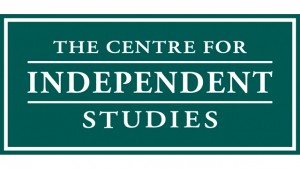Home » Commentary » Media Release » New CIS research: How schools should spend the $23.5b Gonski 2.0 money
· MEDIA RELEASE

 Australian schools should use the extra Gonski 2.0 funding to improve early literacy and numeracy, give teachers fewer classes and more time outside the classroom, and provide classroom management training for teachers, new research from the Centre for Independent Studies finds.
Australian schools should use the extra Gonski 2.0 funding to improve early literacy and numeracy, give teachers fewer classes and more time outside the classroom, and provide classroom management training for teachers, new research from the Centre for Independent Studies finds.
In Getting the most out of Gonski 2.0: The evidence base for school investments, education policy analyst Blaise Joseph outlines the importance of school investments being evidence-based and cost-effective, and proposes three key investments with the potential to significantly improve Australia’s lagging student literacy and numeracy results:
“These three approaches wouldn’t necessarily cost much more money, if for example school professional development budgets were prioritised towards more important training like phonics instruction and classroom management, and if class sizes were increased to offset the cost of fewer classes per teacher,” Mr Joseph said.
“One important caveat is that only NSW and the ACT have accreditation standards for teacher professional development providers, which means much of the compulsory training teachers attend isn’t necessarily evidence-based. States and territories should have more rigorous and transparent standards for professional development providers.”
The report also critiqued two common school investments, arguing they are not adequately evidence-based or cost-effective:
Mr Joseph also said the additional Gonski 2.0 money — $23.5 billion from the federal government over the next 10 years — would be ineffectual in boosting Australia’s academic performance unless the money is spent on evidence-based policies.
Blaise Joseph is an Education Policy Analyst at The Centre for Independent Studies and a former teacher. He is author of Getting the most out of Gonski 2.0: The evidence base for school investments and The Fantasy of Gonski Funding: The ongoing battle over school spending.
New CIS research: How schools should spend the $23.5b Gonski 2.0 money